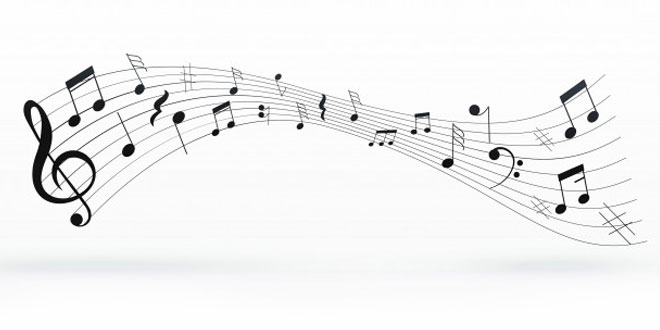Question: Why do we say that sound waves are longitudinal?
Answer: Longitudinal waves need medium for propagation. The sound energy travel in the same line as the particles oscillate.
———— > Sound energy
<————>Particles oscillation
It forms compression and rarefaction for the longitudinal wave motion. Sound wave shows all the characteristics of longitudinal wave so it is called as longitudinal wave.
Question: Differentiate between longitudinal wave and transverse wave.
Answer:
Longitudinal Wave:
- It needs medium for propagation.
- Particles of the medium move in a direction parallel to the direction of propagation of the disturbance.
Example, Sound wave.
Transverse Wave:
- It may or may not need medium for propagation.
- Particles of the medium move in perpendicular direction of propagation of the disturbance.
Example, light wave, seismic wave.
Question: What is crest and trough?
Answer: When a wave is propagated as represented below. A peak is called the crest and a valley is called the trough of a wave.
Question: The maximum oscillation disturbance of particles of air forms crest and trough. What is echo? Why don’t we get echo in small room?
Answer: The distinct sound heard after reflection of sound from the source is called echo. For echo, the distance of reflecting surface from the source should be more than 17.2 m.
Question: What is velocity of sound? Why does sound travel faster in summer season than in winter?
Answer: Velocity of sound is- the speed of sound in a given medium at a given temperature. As the temperature increases the speed of sound also increases, hence in summer the sound travels faster than in winter.
Question: Draw a graphical representation of the wave shape for (a) low pitched sound and (b) a high pitched sound.
Answer:
Question: Give two applications of echo/reflection of sound.
Answer:
- Ships use reflection of sound technique “SONAR” which helps in locating the depth, distance, direction and speed of underwater objects.
- Ceilings of concert halls are curved so that sound after reflection reaches all comers of the hall.
Question: Define amplitude time period and frequency of sound wave.
Answer: Amplitude: The magnitude of the maximum disturbance in the medium on either side of the mean value is called amplitude of the wave. Its unit is meter.
Time Period: The time taken by two consecutive compression or rarefaction to cross a fixed point is called the time period of the wave.
Frequency: The number of oscillation, occurring per unit time is called the frequency of sound wave.
 Class Notes NCERT Solutions for CBSE Students
Class Notes NCERT Solutions for CBSE Students





